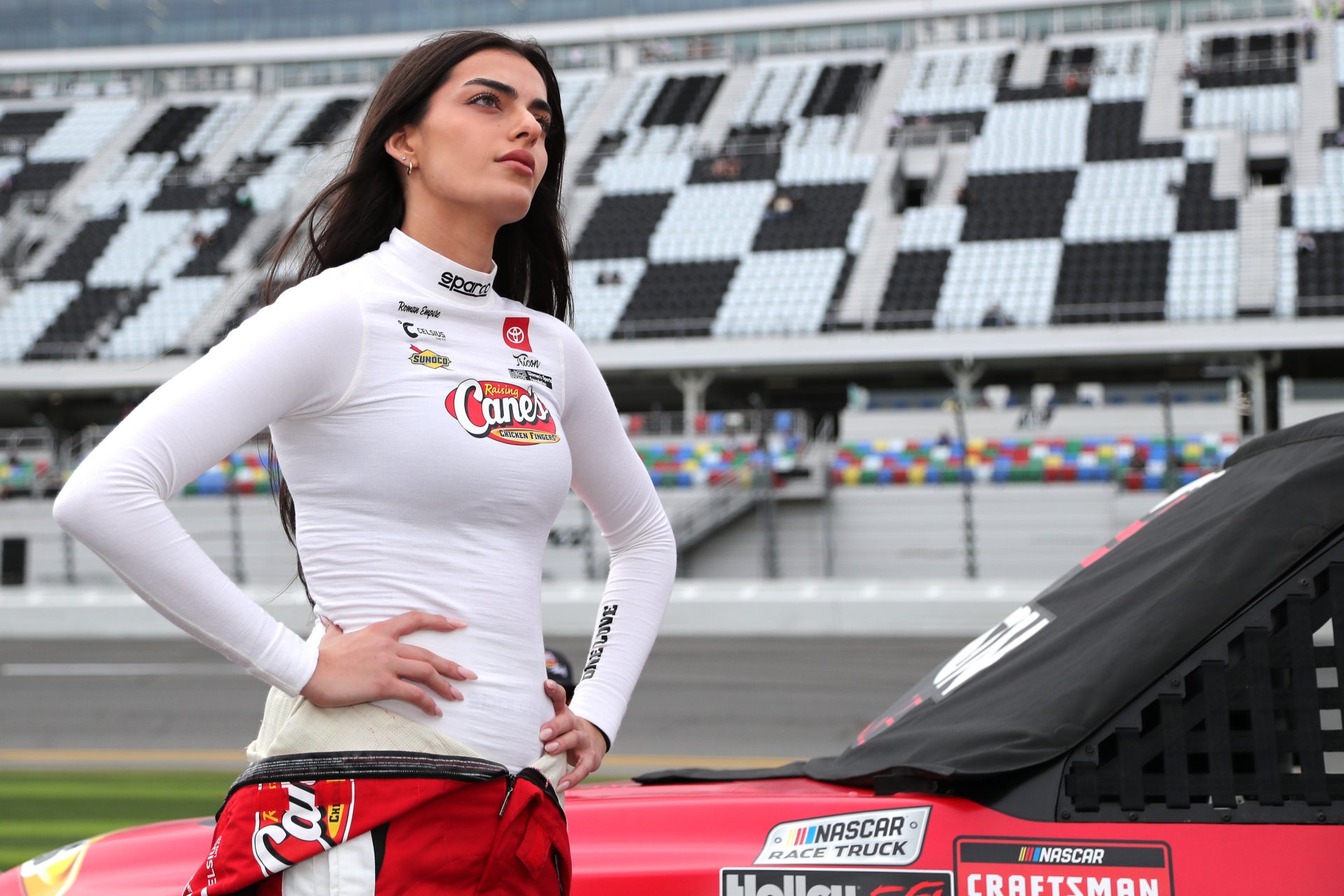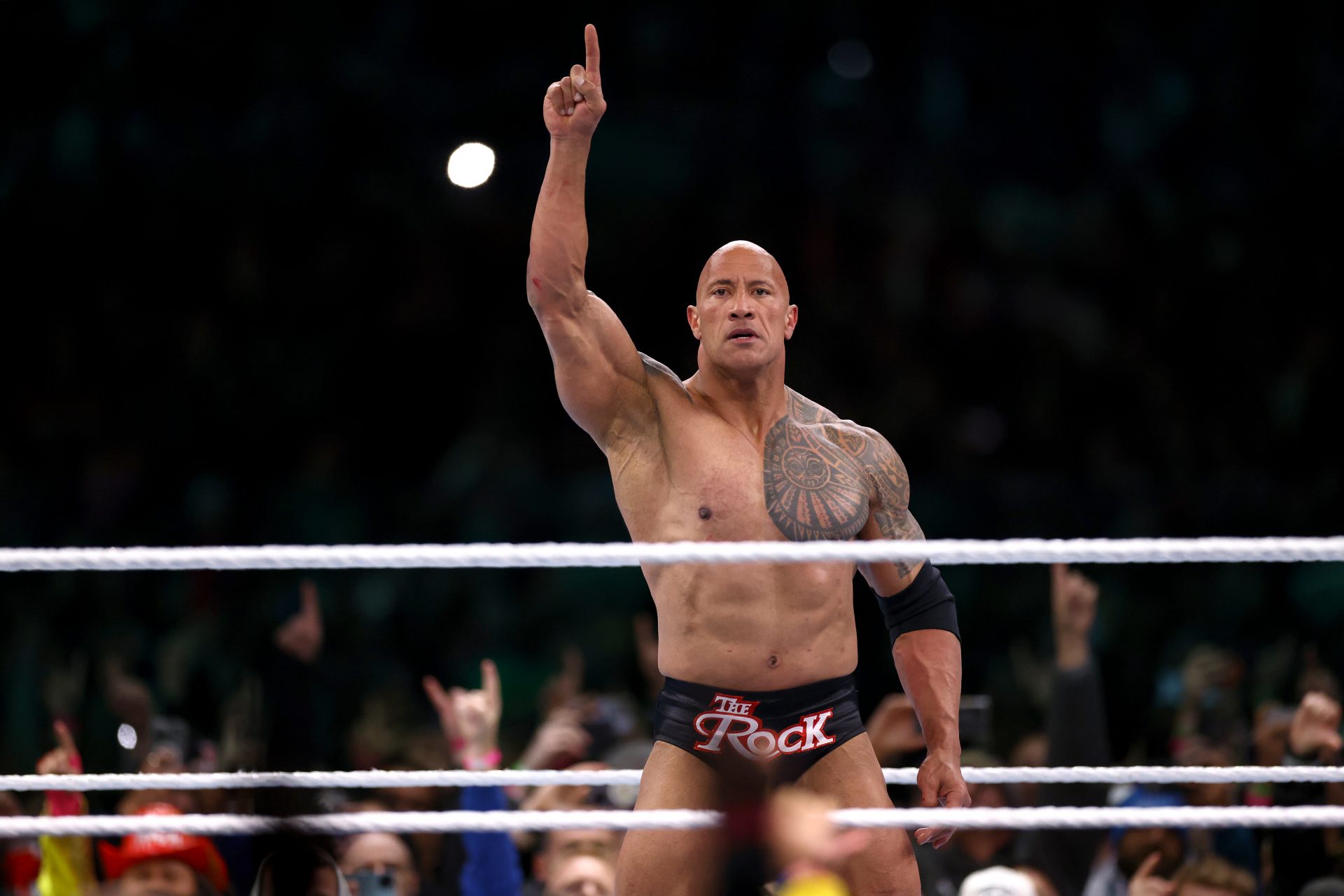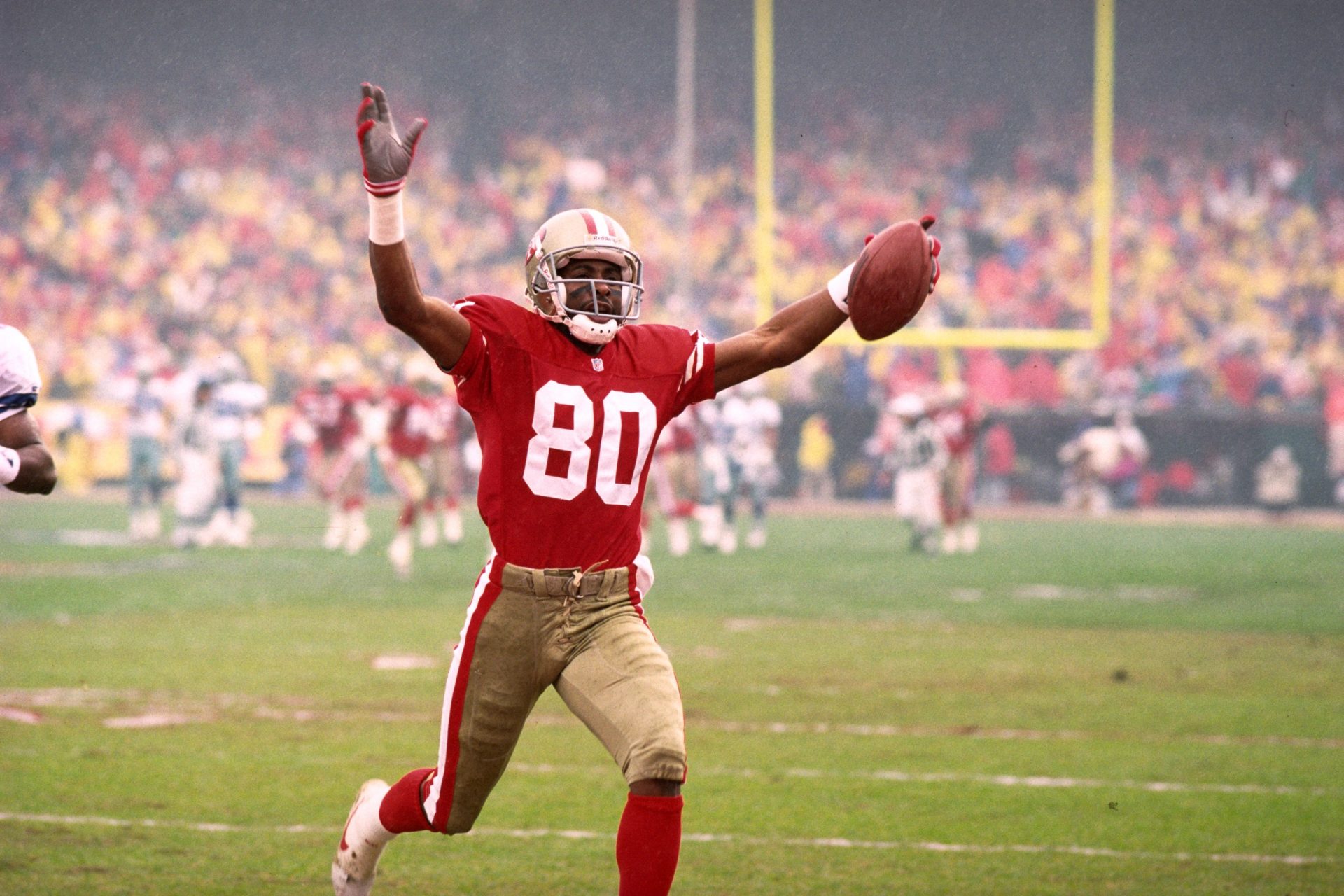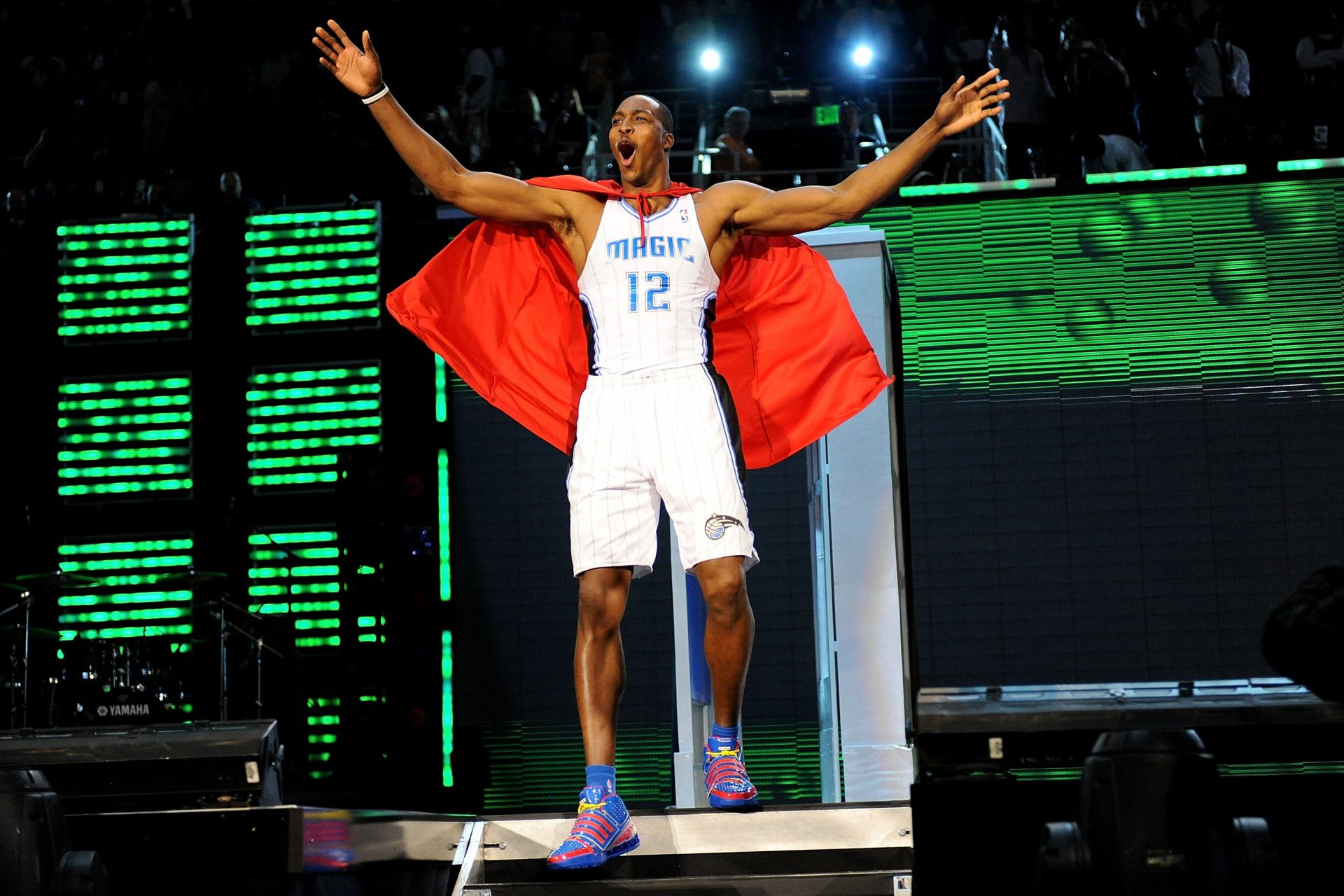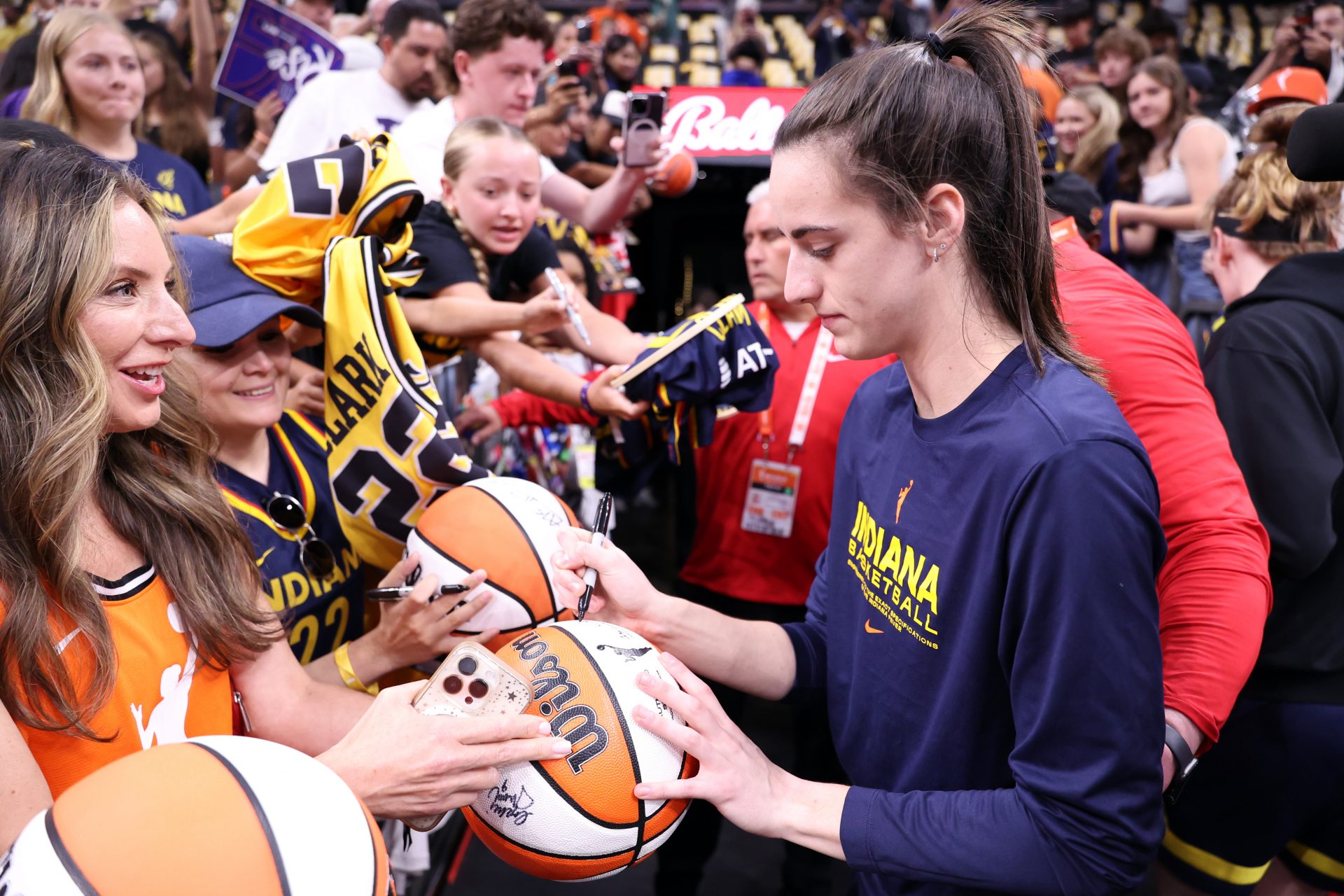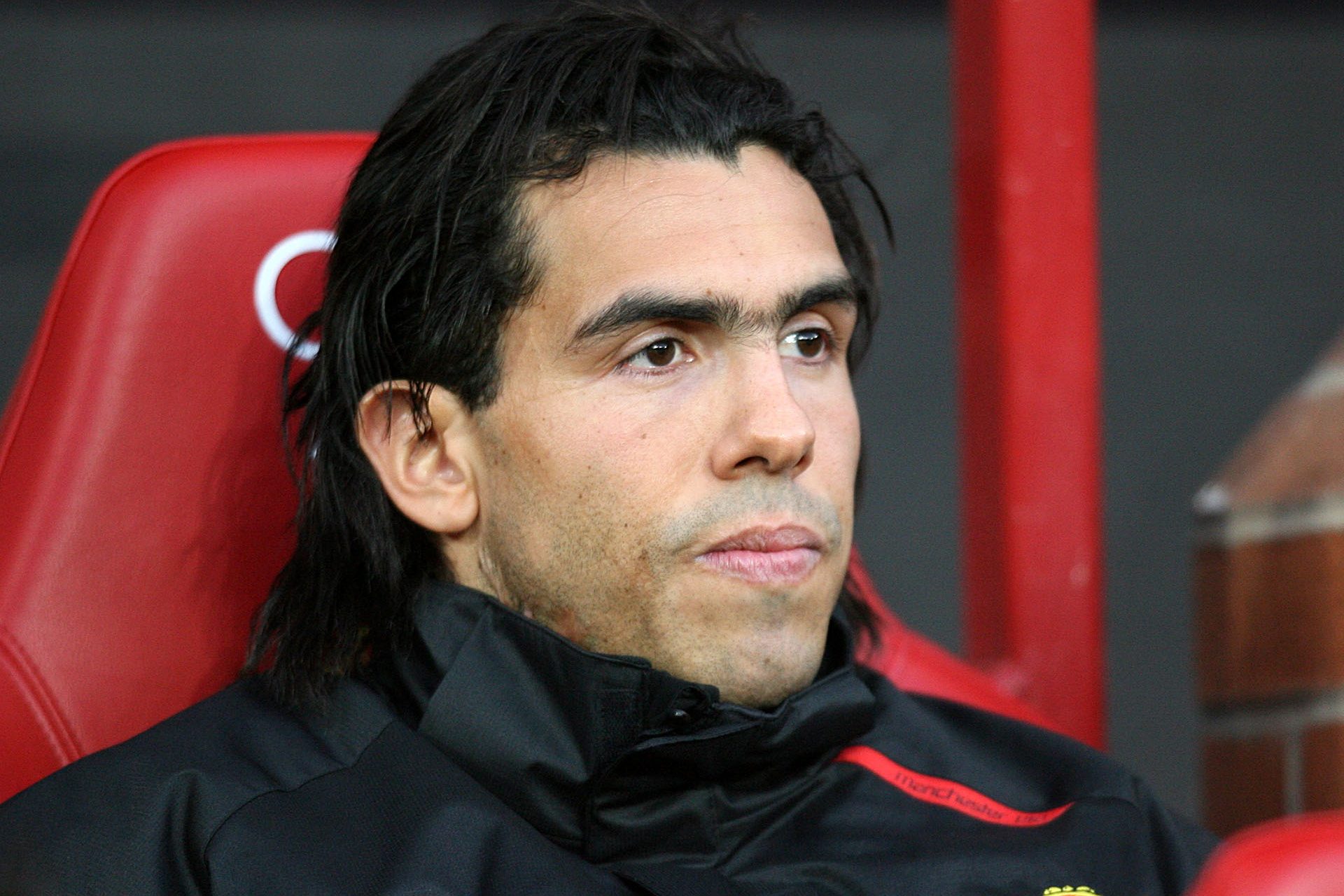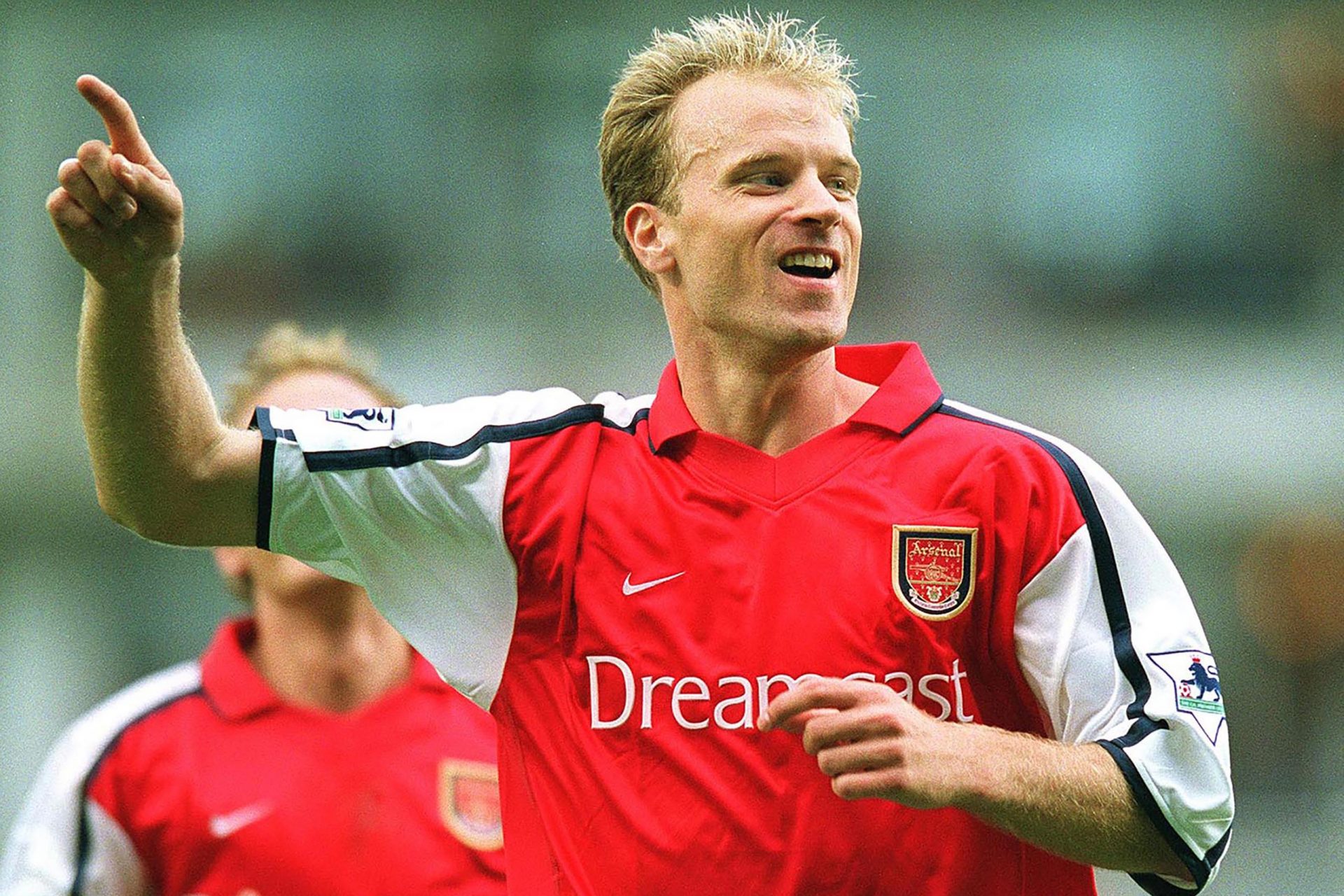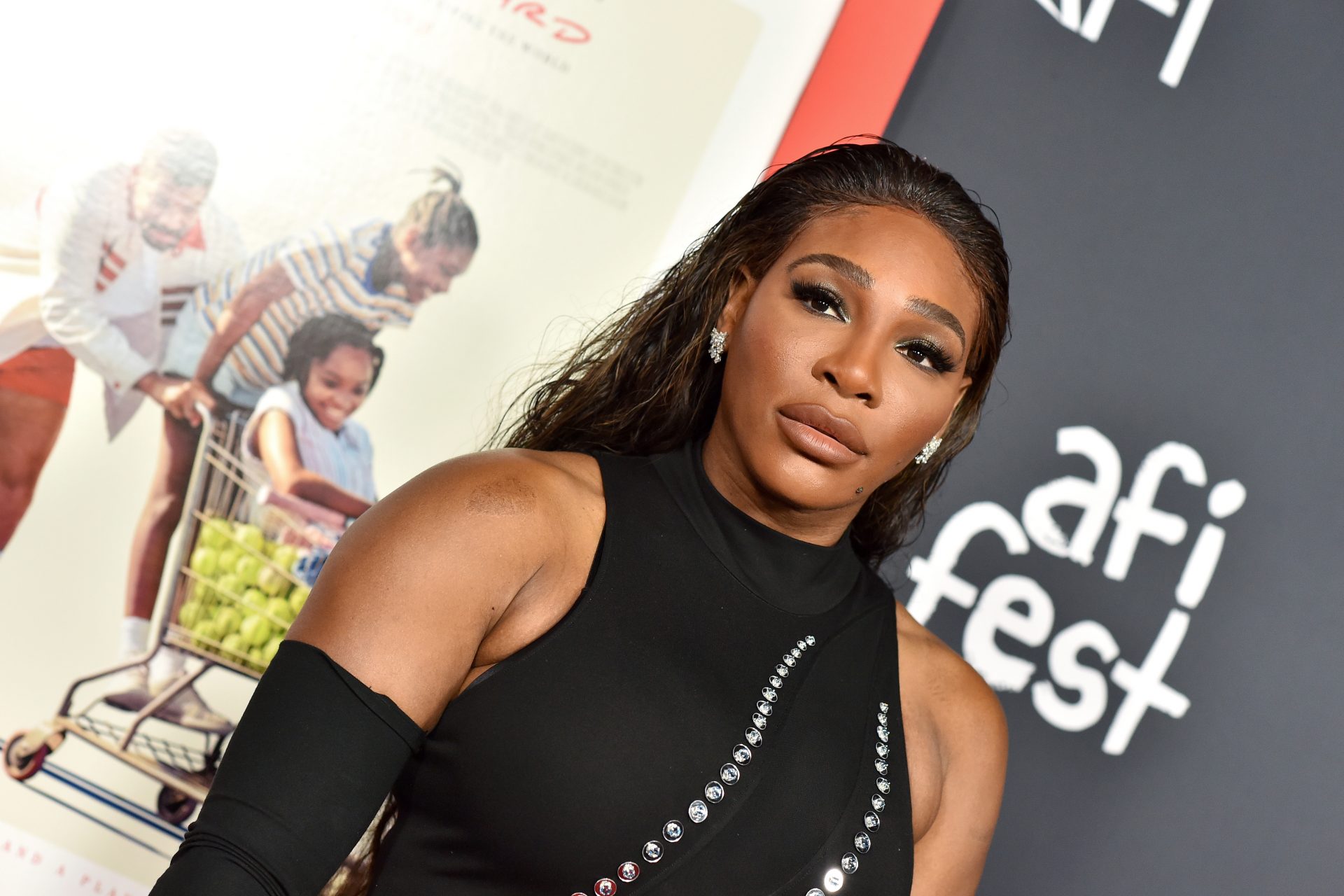How Damar Hamlin's collapse marked a turning point for the NFL
Damar Hamlin went back to visit his teammates for the first time this weekend, two weeks after he collapsed on the field during a game against the Cincinnati Bengals. The 24-year-old player went into cardiac after what looked like a routine tackle and the medic time had to reanimate him there.
After the terrible scene, something historic happened: the NFL decided to suspend the game. Players, coaches, and fans all complied because it seemed like the prominent right call. It was an impressive shift from the premise that Pro Football stops for nothing.
Not only was the game stopped at the request of the players and coaches, but everybody agreed it was the right call. "By not continuing, the Bills-Bengals game charted a new course in sports – one that finally draws a hard line," Andrew Lawrence wrote in The Guardian about the incident.
The bombing of Pearl Harbor is one good example of how rigid this policy was. According to a recall by the Pro Football Hall of Fame, NFL scheduled three games that day. The public address announcers at New York's Polo Grounds, Chicago's Comiskey Park, and Washington's Griffith Stadium told all service members to report to their units and reporters to check with their offices, but the games did not stop.
Former NFL commissioner Pete Rozelle openly regretted his decision to force the NFL to play on November 24, 1963, two days after the assassination of President John Kennedy. The decision came with backlash back then, but many have claimed it was the right call through the years. That is another reason why the suspension of Hamlin's game is so surprising.
After the terrorist attacks of September 11, 2001, in New York, NFL did suspend their games. NFL Commissioner Paul Tagliabue did so under the pressure of unions and the threat of players not showing up. An opinion piece in the LA Times from those days questioned his call: "History will show that perhaps Tagliabue was not listening close enough," it said, recalling how successful the ticket sale was after Kennedy's assassination.
But Pro Football has also continued after tragedy hits the field. It is not a secret that it is a hazardous sport, and through the years, many injured players have had to see their team continue as they are carried away by the medical staff, sometimes with severe conditions.
A fatal example is the story of Howard Glenn. The player's broken neck led him to suffer convulsions after a prime-time game with the American Football League New York Titans in 1960. He left the field asking for help repeatedly but was only taken to a doctor after it finished. He died later that day.
Chuck Hughes played wide receiver for the Detroit Lions. On October 1971, the 28-year-old player collapsed as he headed back to the huddle. According to The Philadelphia Inquirer, a blood clot had formed in one of his arteries. Doctors pronounced him dead later that day.
The cases of Glenn and Huges are extreme examples from decades ago, but it is possible to look at other gruesome injuries that occurred recently and did not stop the games. Last year, Indianapolis Colts' Nick Foles had to leave a game against the Giants with broken ribs. He was immediately replaced, and his teammates continued playing.
Tua Tagovailoa was diagnosed with a concussion last September in a game against the Cincinnati Bengals. He laid motionless on the field for several minutes. Four days earlier, he was allowed to continue playing in a game against the Buffalo Bills after a head injury.
On several occasions, players also push through serious injuries to continue playing. That was the case for Donovan McNabb. During the 2022 season, the Eagles quarterback broke an ankle on the third play of a game against Arizona. He continued playing and only had an X-Ray after the match finished.
St. Louis Football Cardinals free safety Larry Wilson broke both wrists during a game against the Giants in 1965. Despite having a severe injury, he put on bandages and played through his fractures during the next game against the Steelers. This action against his own safety was praised.
Steelers Ben Roethlisberger played through a broken foot and nose during a game against the Ravens in 2010. He carried his foot injury during eight games that season. The player, who was also accused of abusing a college student that year, told the Pittsburgh Tribune-Review: "there were times during practice and games where I didn't feel like I'd be able to walk."
Concerns about the safety of NFL players have risen through the years. Hamlin's injury was no broken ankle or shuttered knee. It was a life-threatening hit that could follow him for the rest of his life. But so are other known health consequences of the sport, like Chronic traumatic encephalopathy (CTE), which has affected former players but never stopped the sport's growth.
But these concerns have also tainted other sports. One good example is soccer and the cases of Christian Eriksen and Antonio Puerta. Both players collapsed on the field while playing, the first one survived, and the second did not. The games continued in both cases.
According to several media outlets, what is most impressive about the suspension of the Bills-Bengals game is that the media and fans supported the decision. This is after years of pushing players to perform through pain and injuries and praising the continuation of the sport through terrible scenarios.
More for you
Top Stories




















